Norway’s Arctic Climate
Norway’s Arctic is one of the most astounding places on the planet. From the vast untouched snowy landscape, to the breathtaking Aurora Borealis, to the unique wildlife, the Arctic is truly something incredible. Unfortunately, climate change is having a devastating impact on Arctic regions worldwide. If change doesn’t occur rapidly to repair the damage that has already been done, the results will be devastating for Arctic regions as well as the rest of the world.
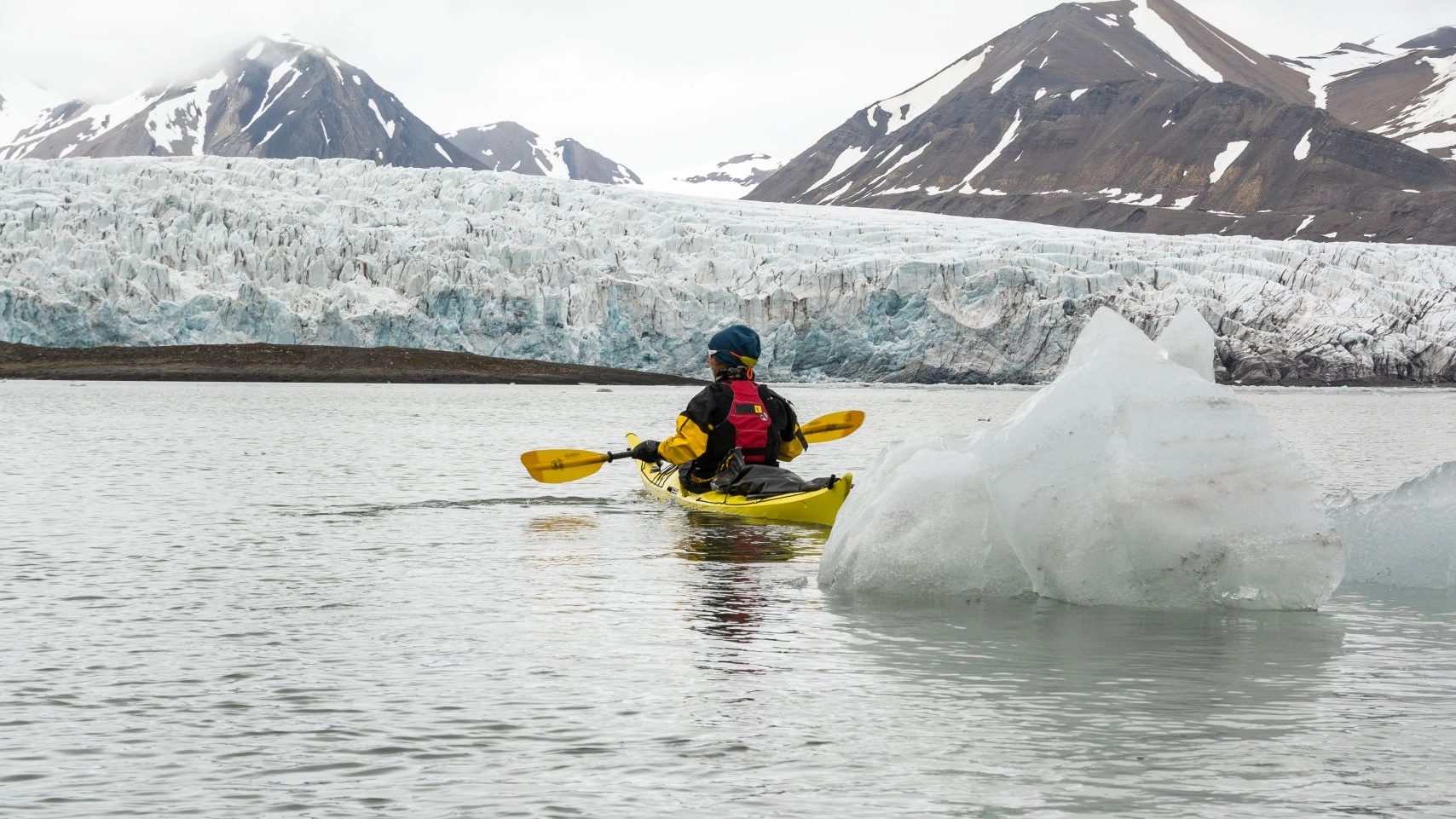
Let’s take a look at how climate change has impacted the Arctic and the strategies some companies are implementing to protect this beautiful landscape and the wildlife that calls it home.
Norway’s Arctic
Norway’s Arctic region consists of a few different areas. About half of the country including part of Norway’s mainland falls above the Arctic circle. The recently merged counties Troms og Finnmark and Nordland are also part of Norway’s Arctic region. Off of the mainland, there are three additional regions that make up Norway’s Arctic.
The first is the Svalbard archipelago which can be found about 640km north of Norway’s mainland. Bear Island is situated about 400 km north of mainland Norway. Finally, Jan Mayen is situated about 880 km north of mainland Norway. Together these regions along with the northernmost parts of the mainland form Norway’s Arctic region.
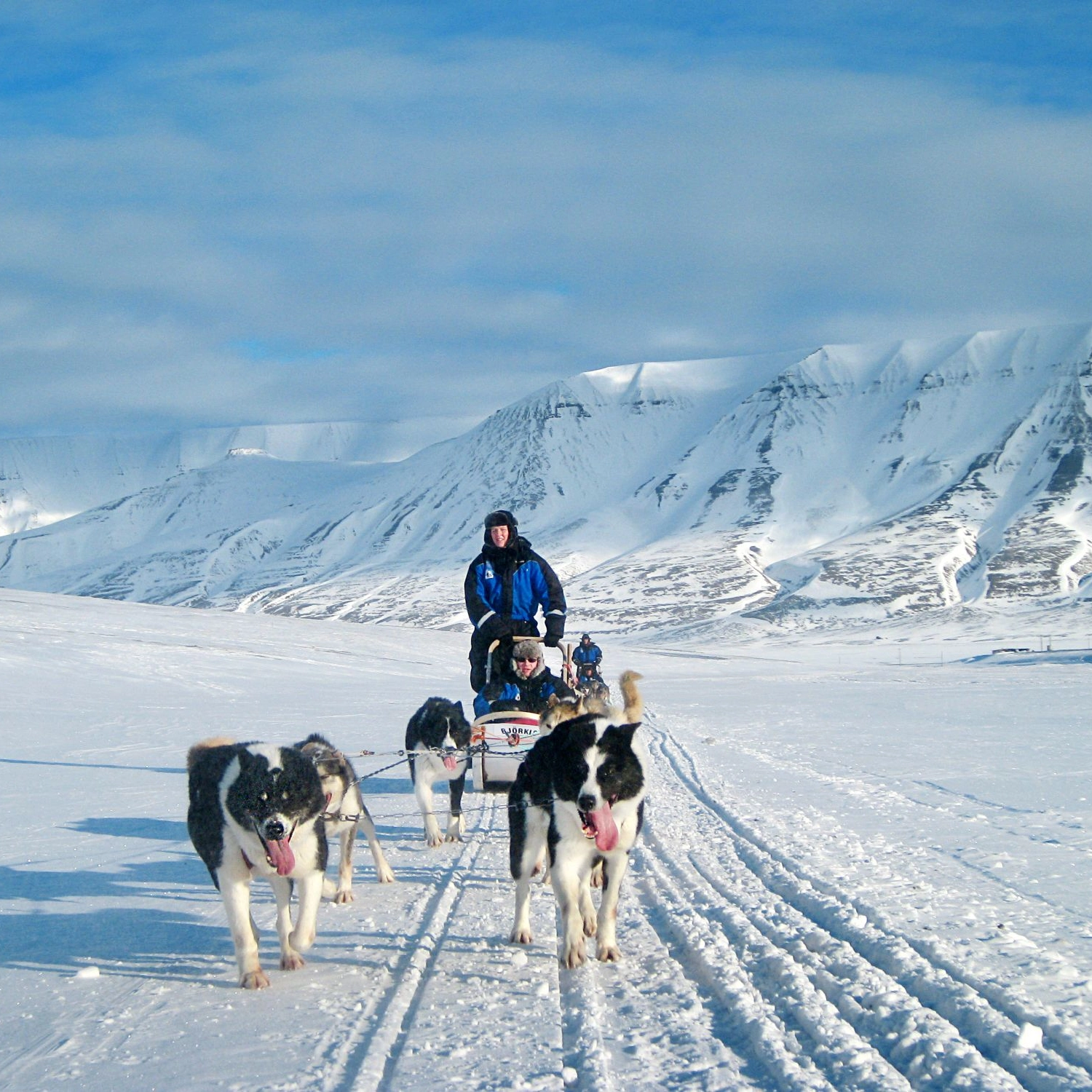
Norway’s Arctic Population And Wildlife
Norway’s total population is around 5.2 million. Of that total population, about 380,000 people call Norway’s Arctic home. Tromsø is the most populated city in Norway’s Arctic and is home to a population of approximately 72,000. The second most populated city in Norway’s Arctic is Bodø which is home to around 50,000 inhabitants. Around 480,000 people live on Norway’s mainland Arctic. Finally, around 3,000 people call the Svalbard archipelago home.
The Sami people are an important part of Norway’s Arctic population. The Sami are the descendants of an aboriginal population with a nomadic heritage. It is estimated that the total Sami population is around 70 - 80,000 and about half of this population lives in Norway. The history of the relationship between the Norwegian government and the Sami people has not always been amicable. However, today the Sami in Norway have their own economy, language, culture, and parliament. Many Sami make their living herding reindeer. Others work in the service, travel, and hospitality industries as well as the public sector.
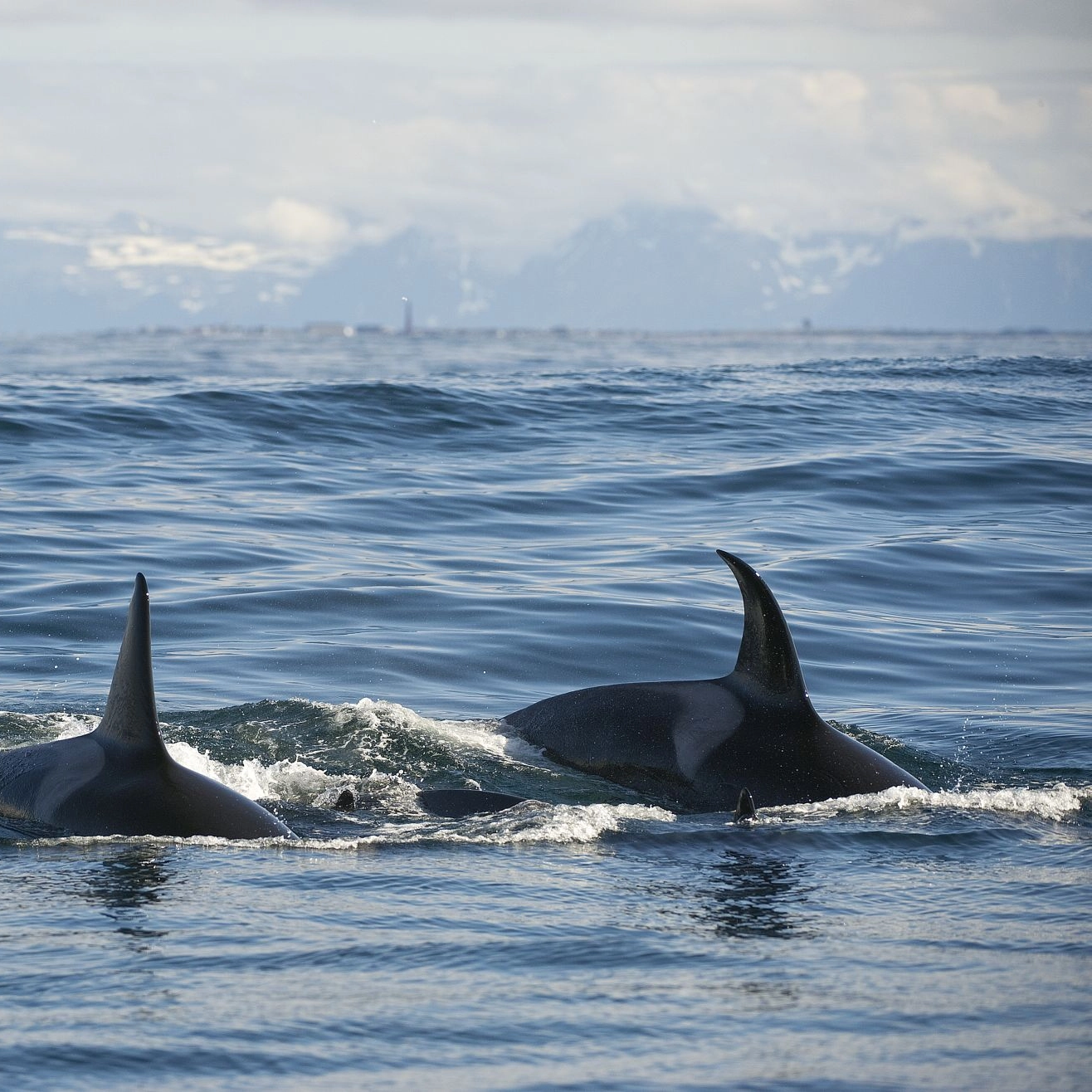
In addition to the human populations, Norway’s Arctic is also home to a wide variety of wildlife. From polar bears to whales, to the Arctic fox, many animals call this landscape home. In fact, on Svalbard island, the polar bears actually outnumber the humans!
In Tromsø you can join in on an ecxiting Whale safari to get a closer look of this stunning animal!
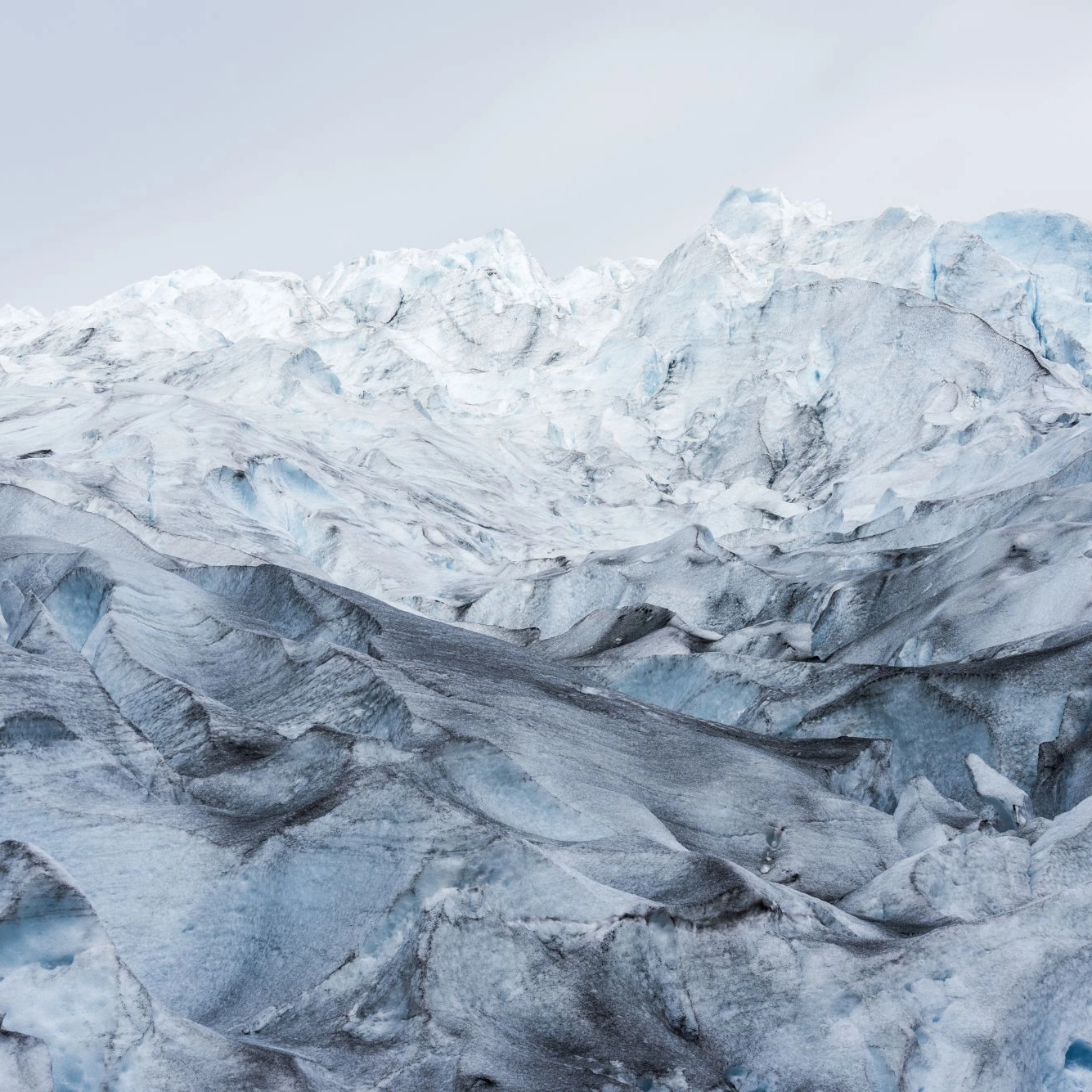
Climate Change in Norway’s Arctic
This stunning landscape that so many people and animals call home is, unfortunately, in grave danger. The environmental impact of climate change is having a catastrophic effect on the world’s Arctic regions that will no doubt impact the rest of the world. A recent report found that Norway’s Arctic islands are warming faster than almost anywhere else on earth. On Svalbard island, it is believed that the thawing of the ground will cause avalanches, slush flows, and landslides that can destroy the current infrastructure and disrupt natural wildlife. Melting glaciers in Norway’s Arctic will also gravely impact both the polar bear and seal population who use the ice to hunt.

Unfortunately, in the Arctic, global warming has created a positive feedback loop. As the temperatures rise, the solar radiation absorbed in the summer has begun to prevent ice from forming in the autumn and winter months. The decrease in sea ice coverage in the Arctic actually works to enhance warming, thus, creating a vicious cycle. In addition to the melting ice, there are changes we can’t see with our eyes. Norway’s oceans are becoming increasingly acidic as they absorb carbon emissions. CO2 is most easily soluble in cold polar waters and, as a result, polar marine life is suffering greatly.
Change Is Needed Now
It is clear that dramatic and rapid change needs to occur as soon as possible if there is any hope of preserving the stunning arctic landscape and protecting the human and wildlife populations that call it home. United Nations scientists are calling for unprecedented actions to curb carbon emissions. They warn that if dramatic steps are not taken in the coming decade, the damage will be irreversible.
Some companies have started to lead the way by making major changes to their policies. Norwegian Air has recently become the first air carrier to sign a pledge with the United Nations Framework Convention on Climate Change (UNFCCC). This pledge involves a promise to work on carbon offset strategies. This means an attempt to offset the greenhouse emissions is made in one area by reducing the emissions in another. According to the UNFCCC, Norwegian Air plans to measure and report greenhouse gas emissions, reduce greenhouse gas emissions as much as possible and offset remaining emissions with UN Certified Emission Reductions (CERs).
Many people feel inspired to make changes once they have the opportunity to visit the Arctic. Seeing the stunning landscape and meeting the people that call it home most definitely has a lasting impact on visitors. We encourage you to seek out sustainable travel options when you travel to Norway’s Arctic. Ask us how we can help!

Top Winter Activities 2025-2026
Find the ultimate winter adventures in Norway. Join exciting experiences like dog sledding, whale watching, and snowmobile tours.
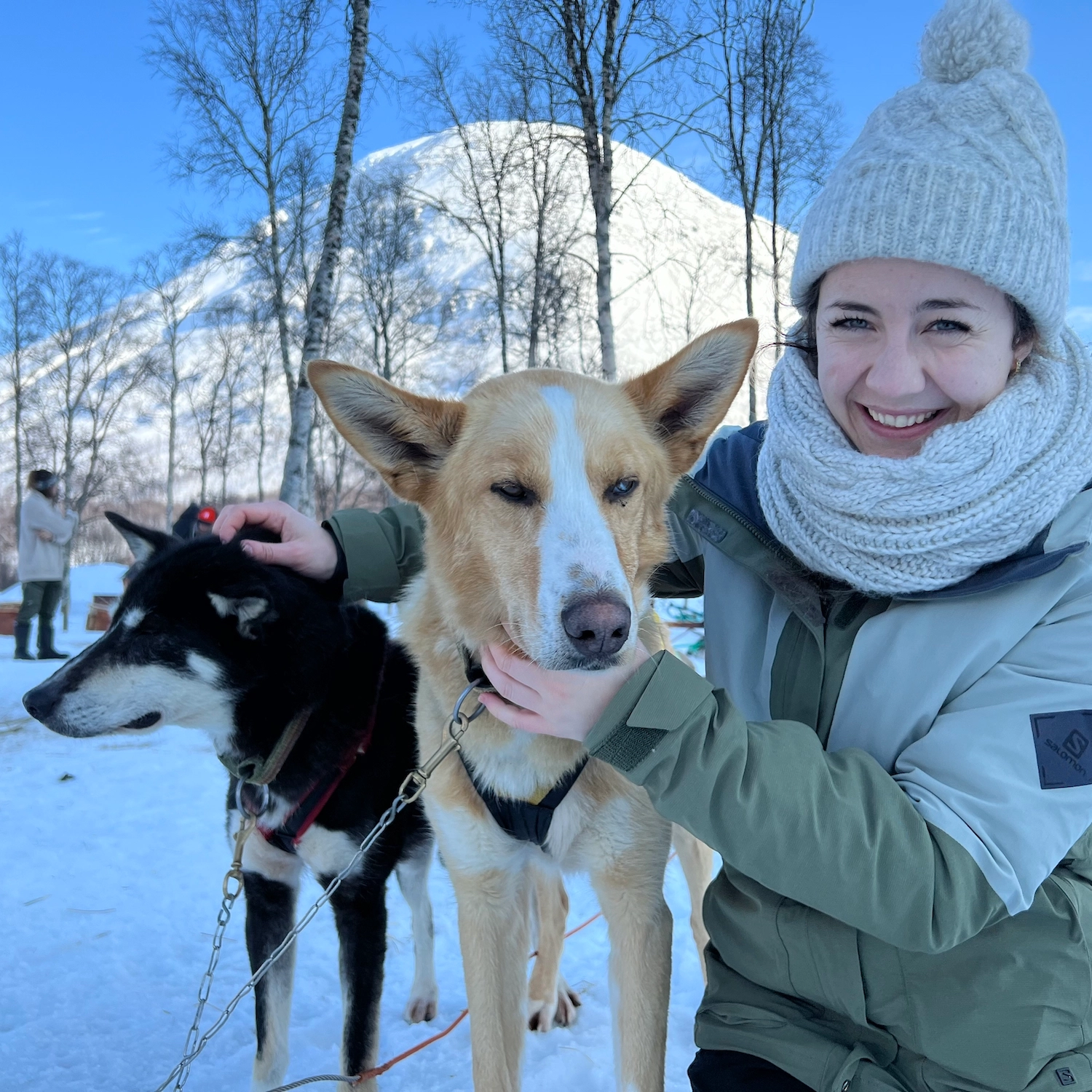
Dog sledding in Tromsø
Multiple locations • 7 hr
From 2990NOK
Available 1 December - 31 March
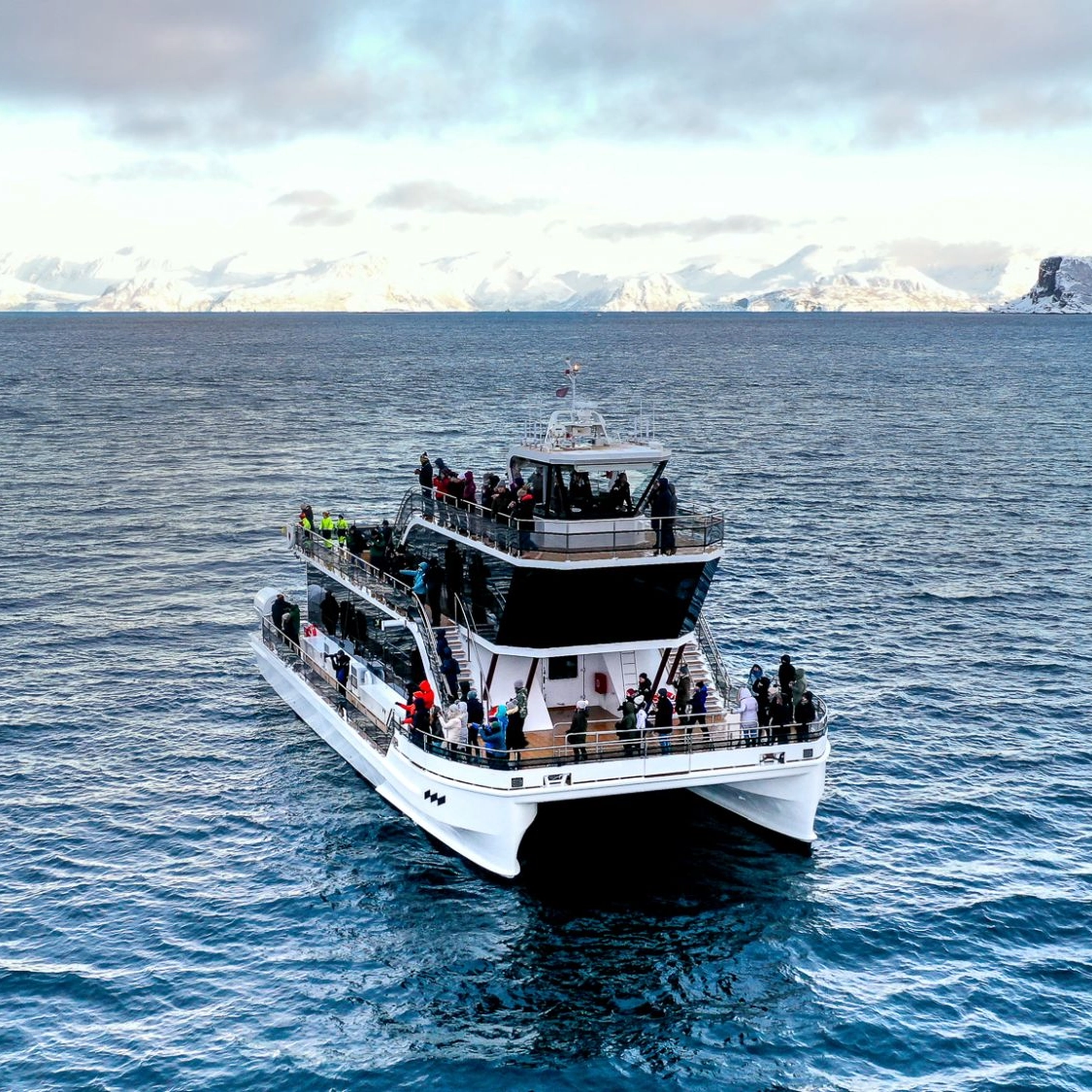
Silent whale watching cruise in Tromsø
Tromsø • 9 hr
From 1790NOK
Available 25 October - 31 January
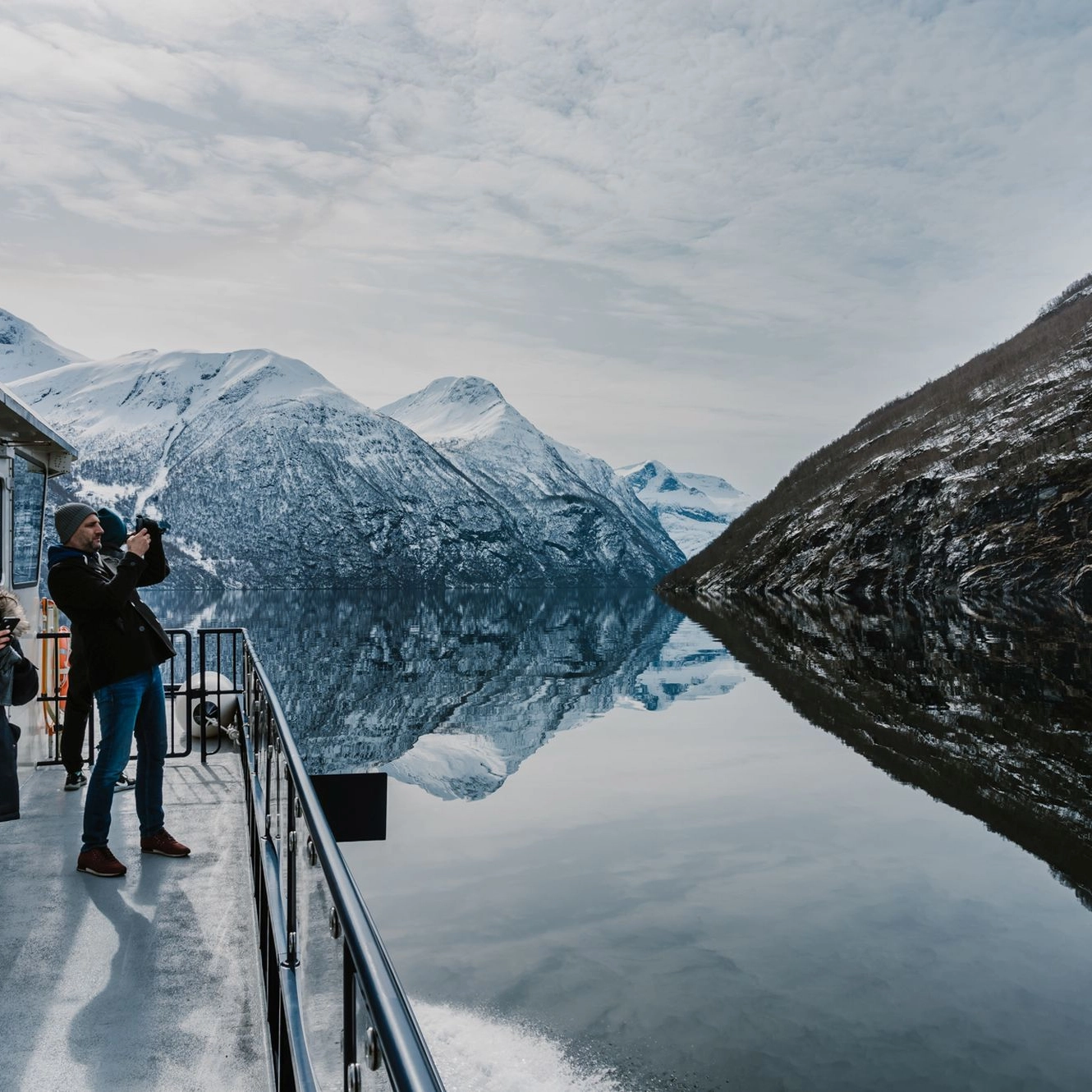
Geirangerfjord winter cruise
Ålesund • 9 hr
From 2550NOK
Available 1 November - 30 March
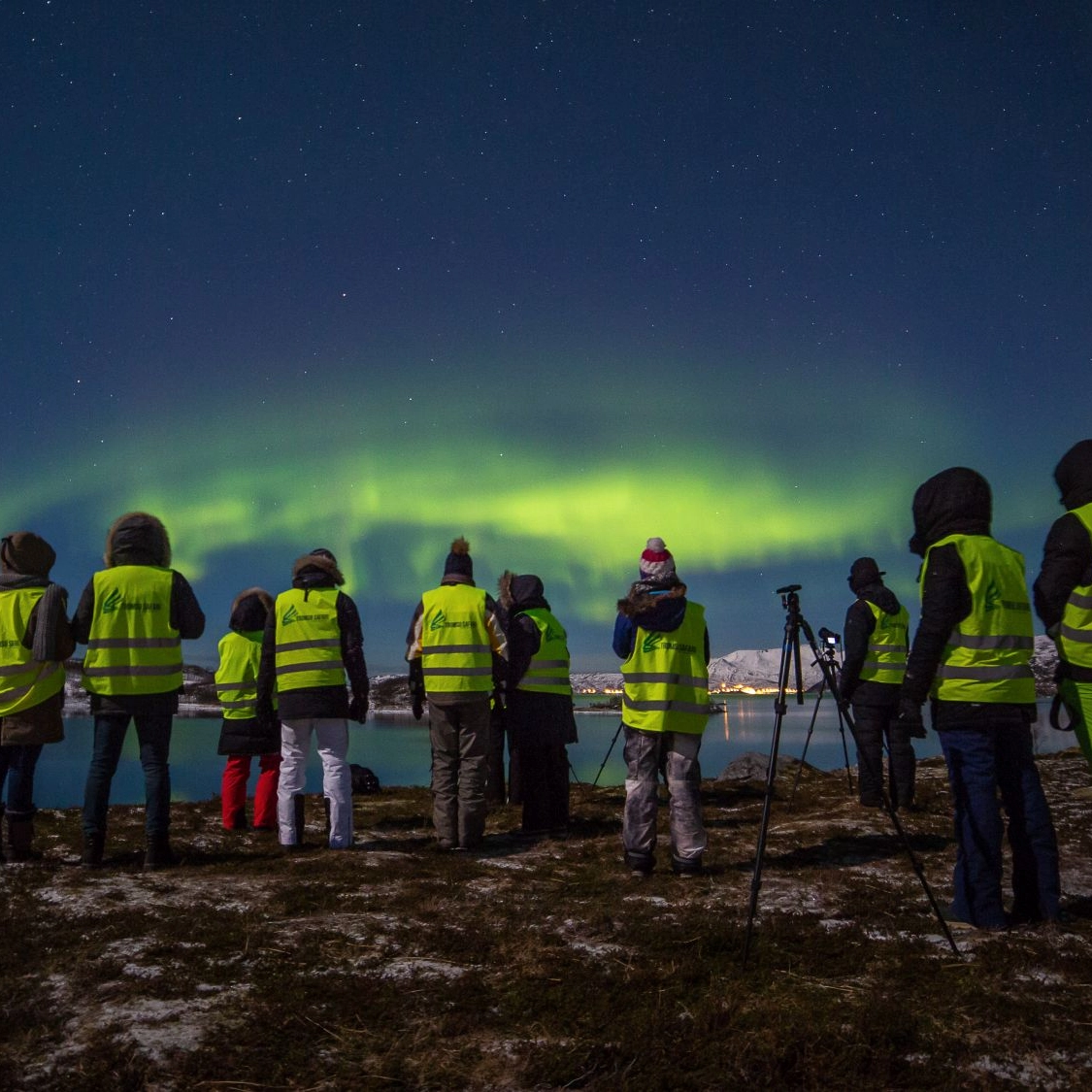
Aurora safari minibus in Tromsø
Tromsø • 7 hr
From 1790NOK
Available 1 September - 4 January

Snowmobile safari in Tromsø
Tromsø • 7 hr
From 2490NOK
Available 10 December - 31 March

Overnight Northern Lights and Whale Safari Expedition
Tromsø • 1 day
From 10695NOK
Available 1 November - 31 January
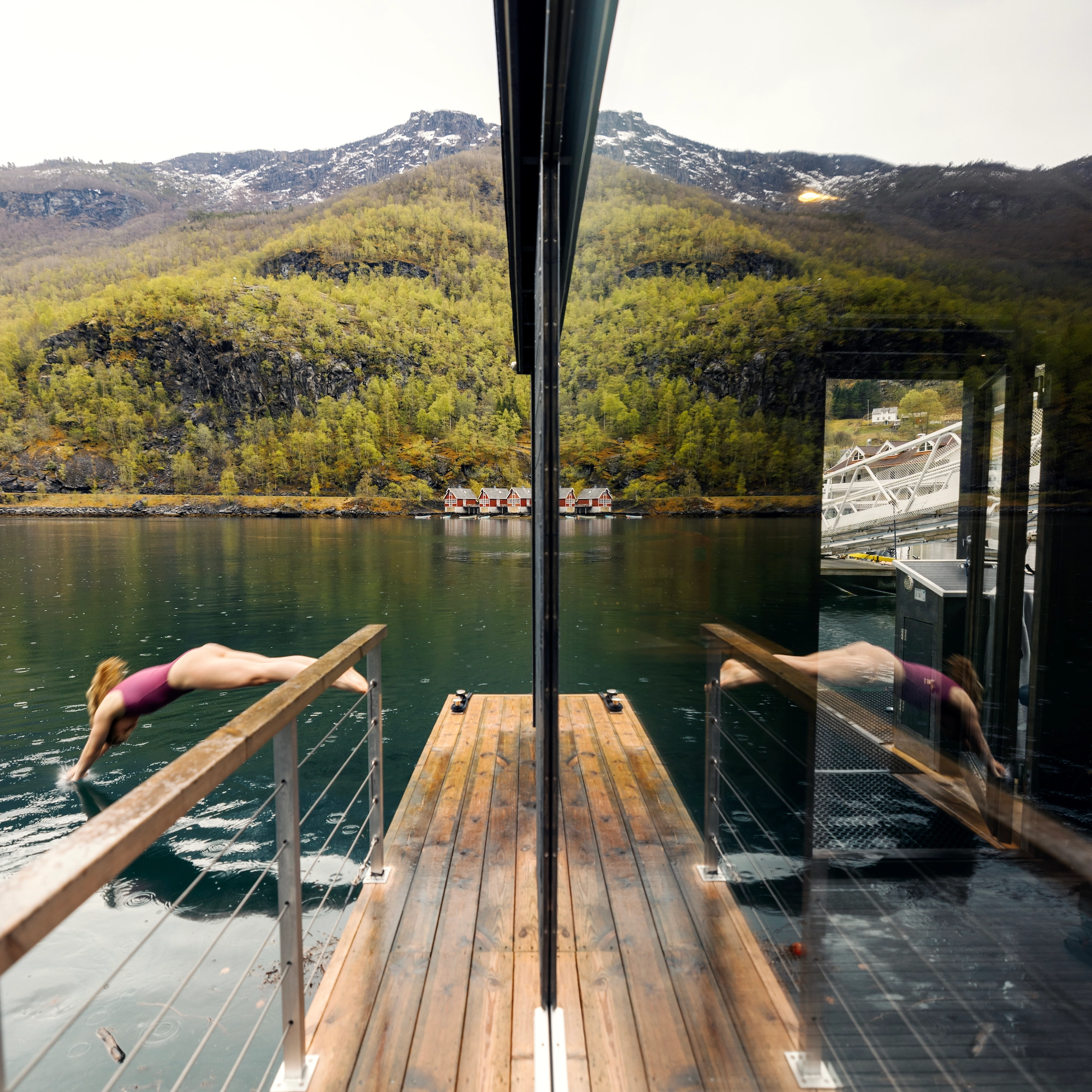
Fjord Sauna in Flåm
Flåm • 1 hr 30 min
From 425NOK
Available all year
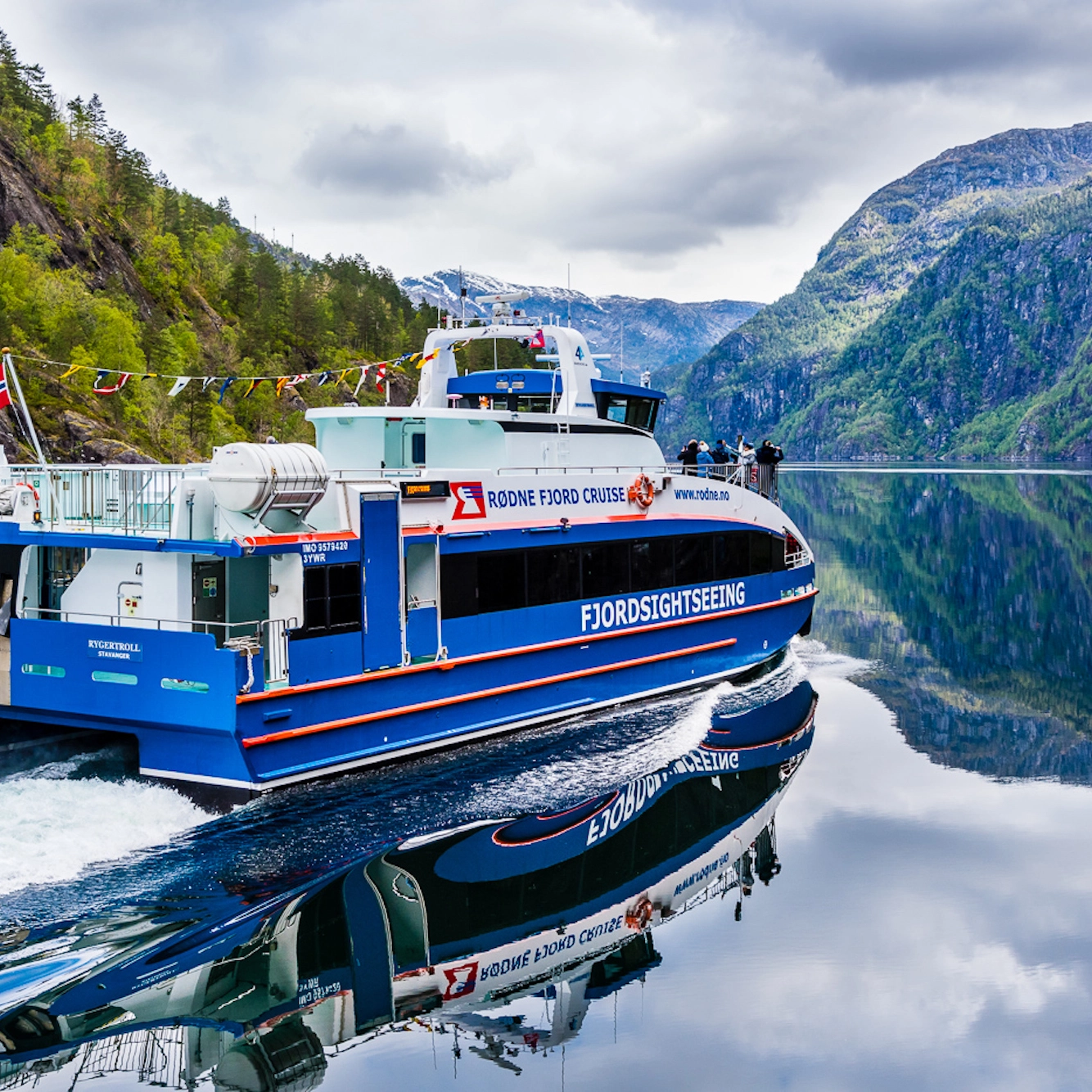
Bestseller
Fjord cruise Bergen to Mostraumen
Bergen Zachariasbryggen
From 850NOK
Available all year

Dog sledding in Tromsø
Multiple locations • 7 hr
From 2990NOK
Available 1 December - 31 March

Silent whale watching cruise in Tromsø
Tromsø • 9 hr
From 1790NOK
Available 25 October - 31 January

Geirangerfjord winter cruise
Ålesund • 9 hr
From 2550NOK
Available 1 November - 30 March

Aurora safari minibus in Tromsø
Tromsø • 7 hr
From 1790NOK
Available 1 September - 4 January

Snowmobile safari in Tromsø
Tromsø • 7 hr
From 2490NOK
Available 10 December - 31 March

Overnight Northern Lights and Whale Safari Expedition
Tromsø • 1 day
From 10695NOK
Available 1 November - 31 January

Fjord Sauna in Flåm
Flåm • 1 hr 30 min
From 425NOK
Available all year

Bestseller
Fjord cruise Bergen to Mostraumen
Bergen Zachariasbryggen
From 850NOK
Available all year
Get ready for winter adventures in Norway
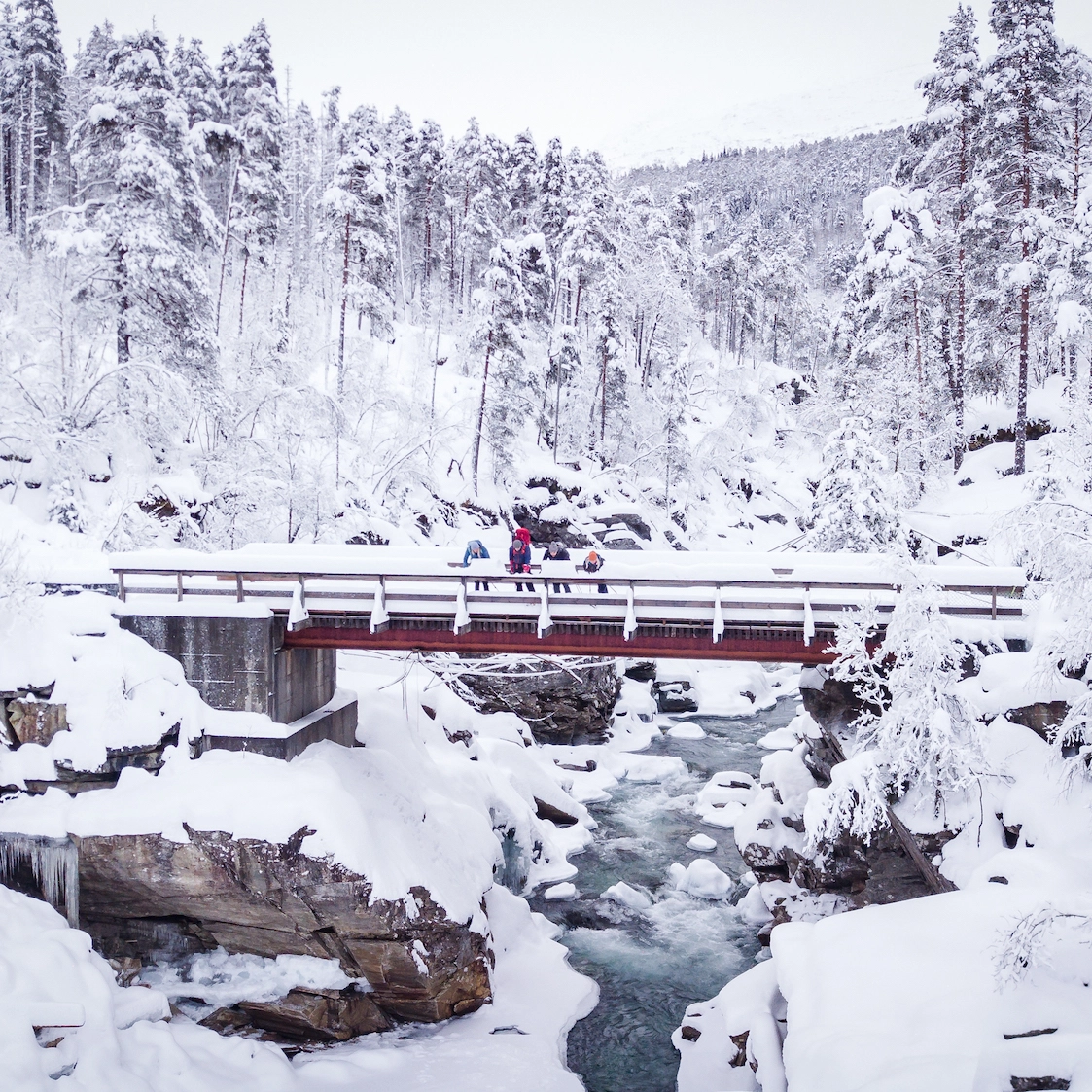
6 essential items for visiting Norway in winter
As a Scandinavian country that is over 2,500 kilometres long, Norway possesses very different kinds of weather in all four of its seasons. While the summer weather is quite warm no matter where you go, the winter can vary widely depending on your location. Therefore, it is important that you bring these essential items when coming to Norway during winter!
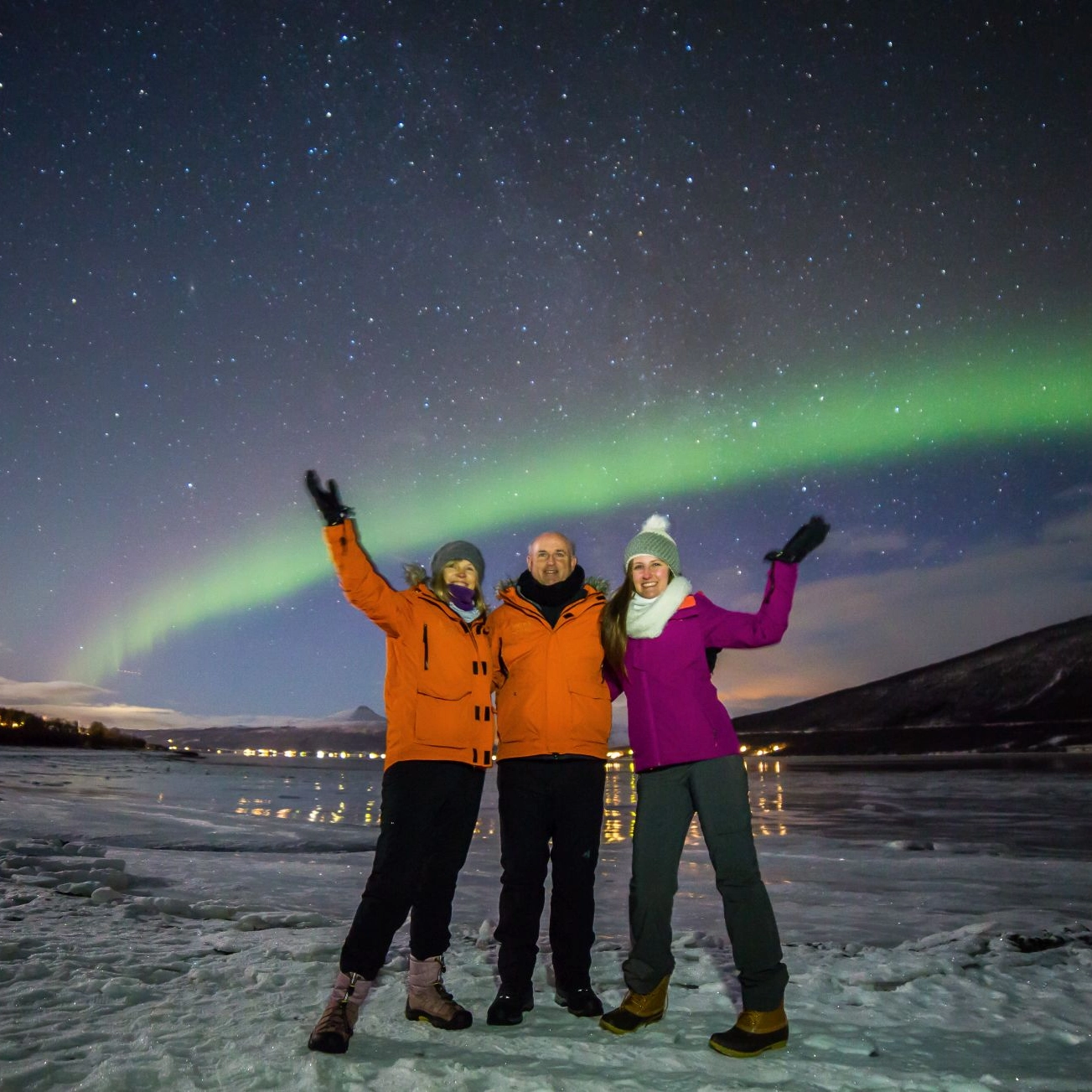
Winter activities in Norway
If you're looking for a winter escape from home, Norway might be just the ticket. Wintertime is the perfect time to take advantage of the fantastic natural landscape in Norway and explore one of the most beautiful countries in Europe. Not only does Norway offer excellent skiing conditions, but several existing winter activities are just waiting to be discovered!
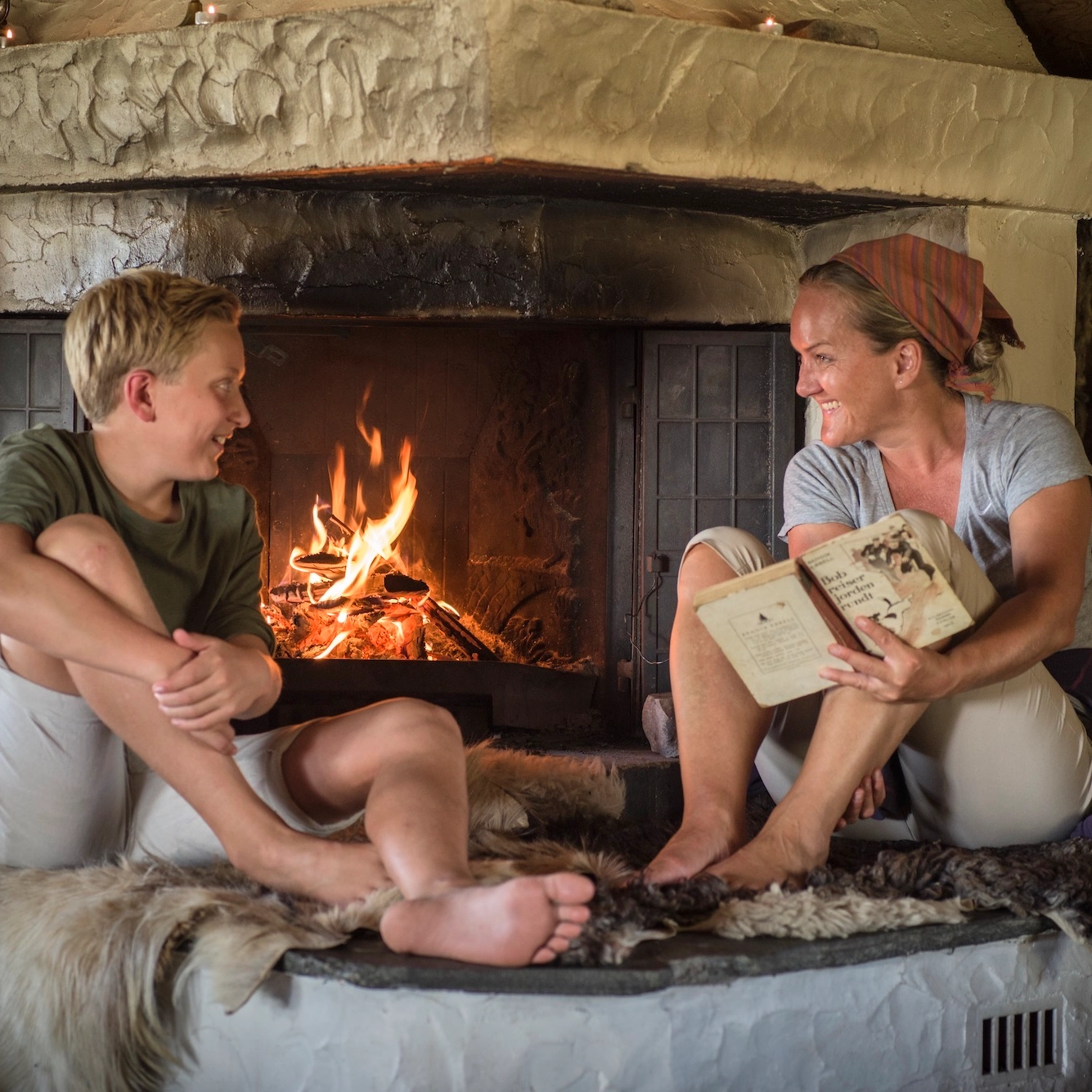
How to stay warm and koselig this winter
Anyone who has ever taken a trip to Norway during the winter season knows just how vicious the Norwegian winters have the potential to be. This is especially true for Northern Norway where you can find really cold temperatures. So how do Norwegians tolerate the cold and long winter? With the “philophy of koselig” of course.
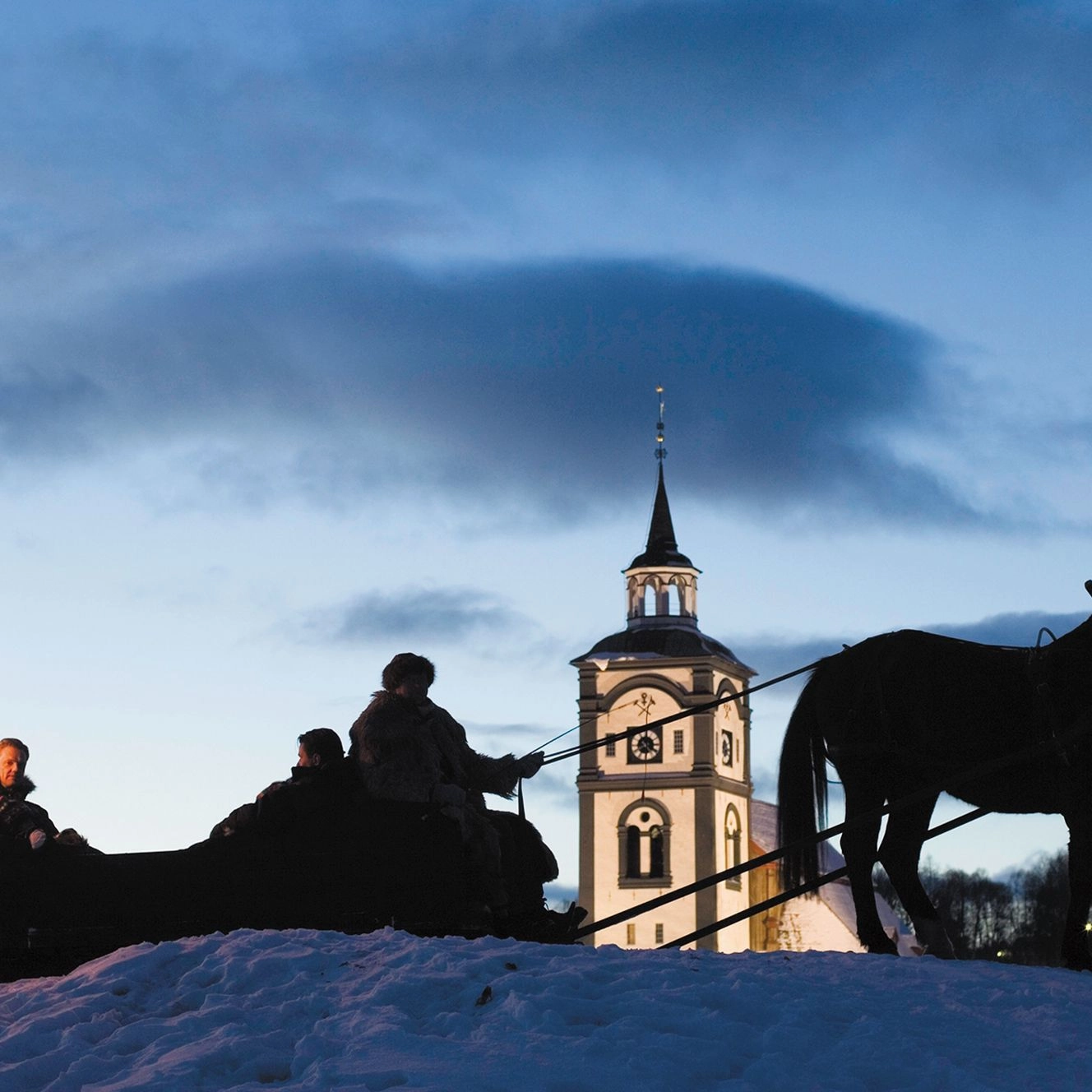
Norway’s top 10 Christmas destinations
If you are searching for a special place to celebrate Christmas, Norway is the perfect country to visit. Snow, Northern Lights and "Julenissen" are some of the ingredients in a traditional Norwegian Christmas. Here are our top 10 Christmas destinations in Norway!

6 essential items for visiting Norway in winter
As a Scandinavian country that is over 2,500 kilometres long, Norway possesses very different kinds of weather in all four of its seasons. While the summer weather is quite warm no matter where you go, the winter can vary widely depending on your location. Therefore, it is important that you bring these essential items when coming to Norway during winter!

Winter activities in Norway
If you're looking for a winter escape from home, Norway might be just the ticket. Wintertime is the perfect time to take advantage of the fantastic natural landscape in Norway and explore one of the most beautiful countries in Europe. Not only does Norway offer excellent skiing conditions, but several existing winter activities are just waiting to be discovered!

How to stay warm and koselig this winter
Anyone who has ever taken a trip to Norway during the winter season knows just how vicious the Norwegian winters have the potential to be. This is especially true for Northern Norway where you can find really cold temperatures. So how do Norwegians tolerate the cold and long winter? With the “philophy of koselig” of course.

Norway’s top 10 Christmas destinations
If you are searching for a special place to celebrate Christmas, Norway is the perfect country to visit. Snow, Northern Lights and "Julenissen" are some of the ingredients in a traditional Norwegian Christmas. Here are our top 10 Christmas destinations in Norway!